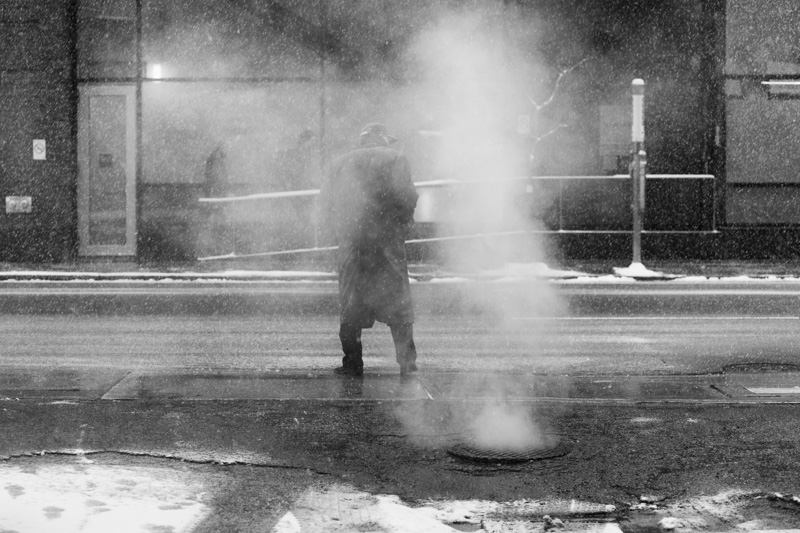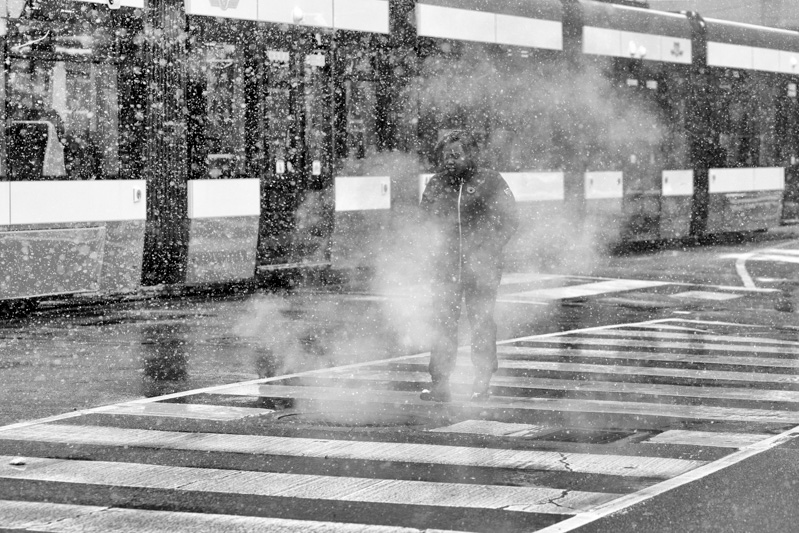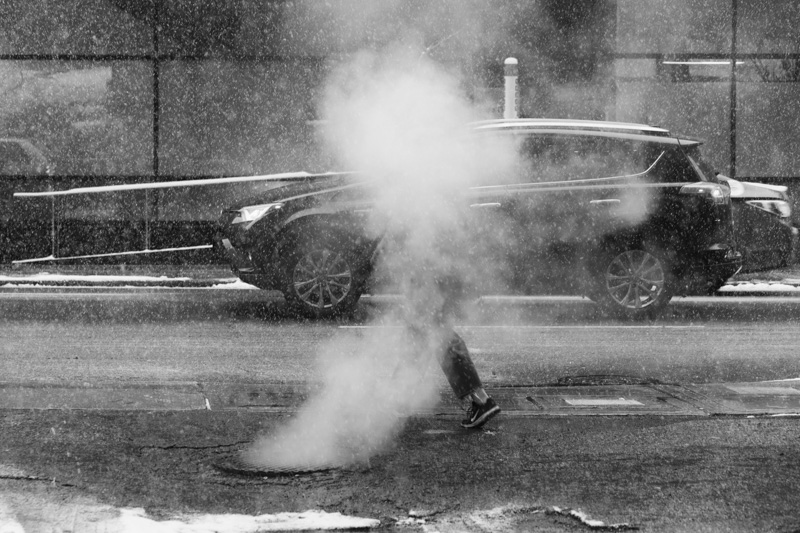
When I first read the specs for the Canon EOS 5DS camera, I ran out and placed an order so I could get my hands on the world’s first 50+ megapixel DSLR camera the instant it was released. While motivated in part by sheer technogeekery, I think there was more to it than that. A high resolution sensor delivers a degree of crispness and precision that is simply unattainable any other way. That in turn drives an aesthetic. Call it hyperrealism, if you like. The camera attracts image makers who bear a cult-like devotion to ultra-clarity and the really real.
It’s been four years since the release of the 5DS and I sometimes find myself in a state of apostasy. My cult has branded me a heretic for occasionally embracing vagueness. I take delight in a lack of focus and diffuse edges. Sometimes I even shoot film.

A photograph is never simply a statement about the existence of a thing. It is simultaneously a statement about what a thing means, how it stirs us, what associations it draws into conversation with itself. A photograph that presents its subject with absolute clarity makes a statement not only about what the world is, but also about what the world ought to be. It ought to be well-defined, clearly discernible, straightforward, easily understood. A photograph shrouded in vagueness is a different beast altogether.
I went out in the first snowfall of the season. The snow itself produces a sense of vagueness. But that wasn’t enough for me. I went one further and framed shots of snow falling over steam vents. Then I waited for people to walk through the frame. What does the resulting vagueness convey? What feelings does it evoke?
For me, the vagueness suggests a numinous quality. People are more than the crisp edges of their bodies. The better part of their being has vanished into a soulful haze.
